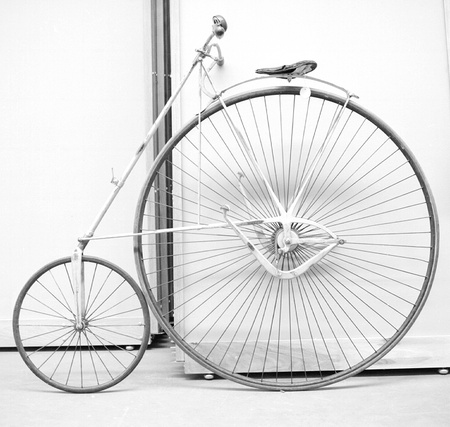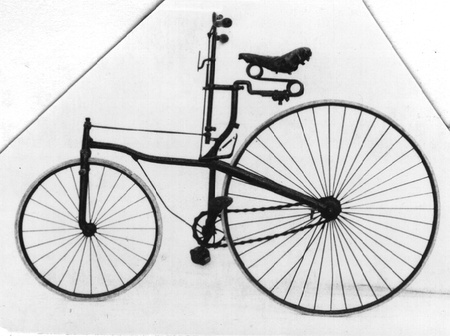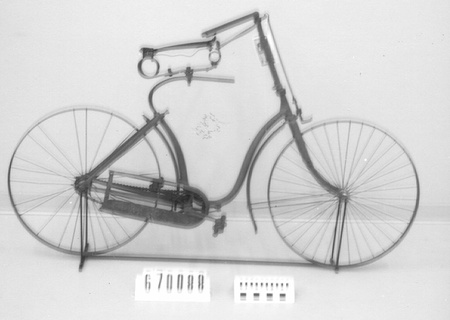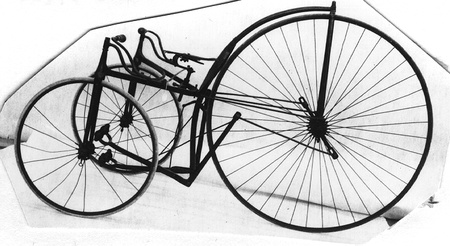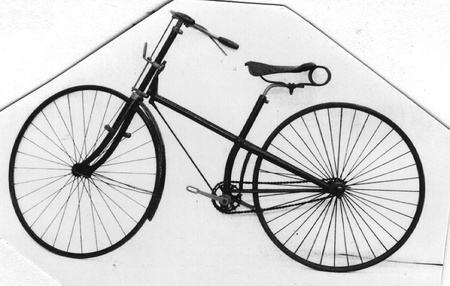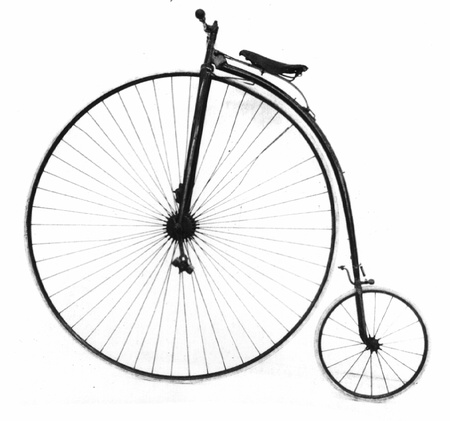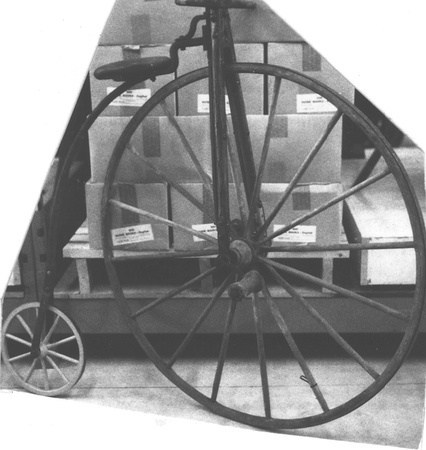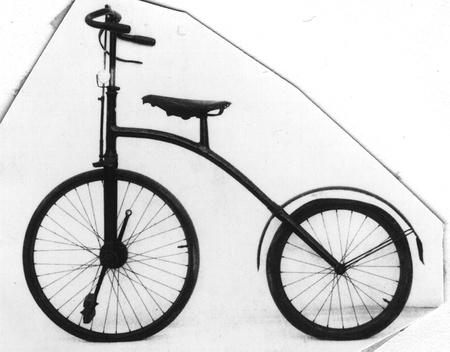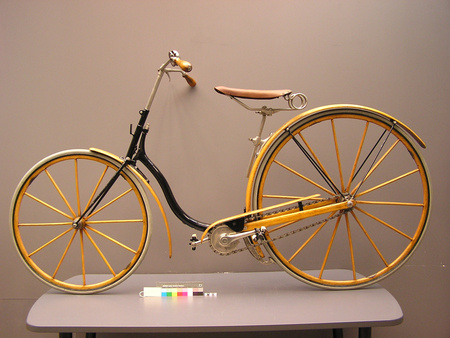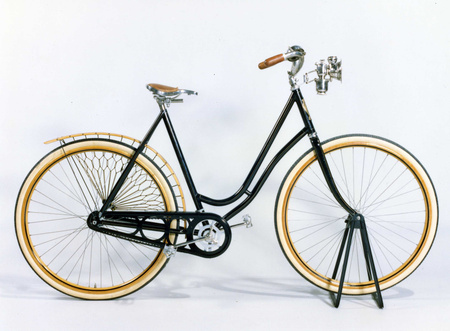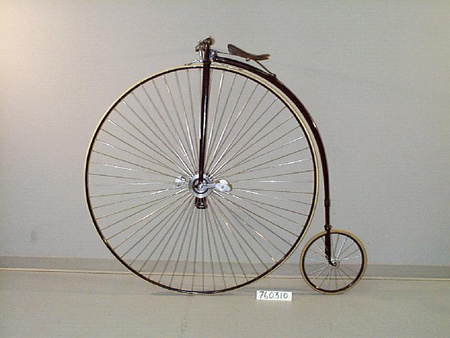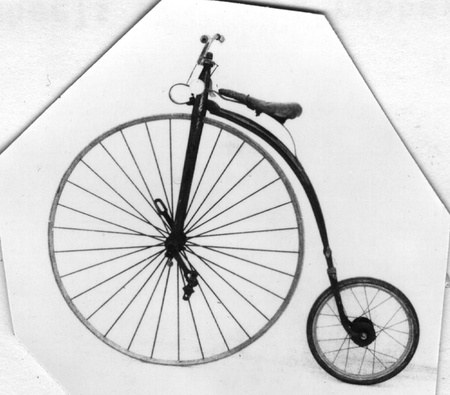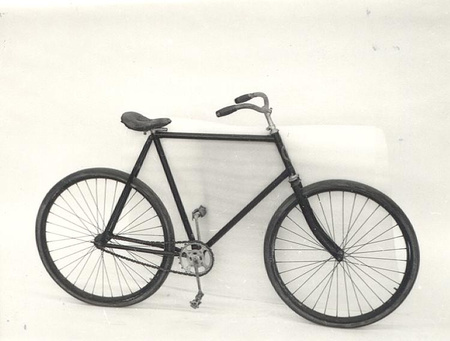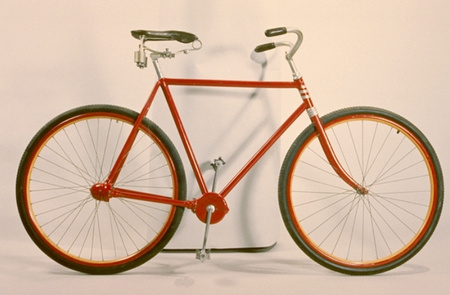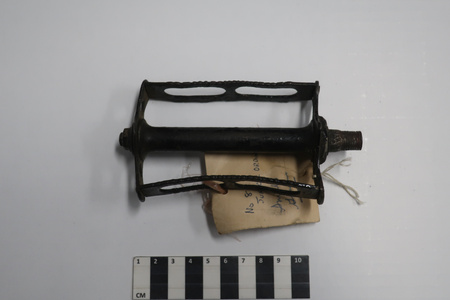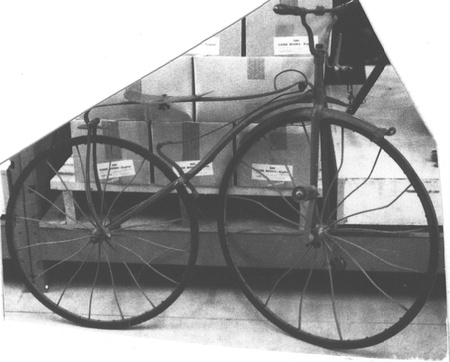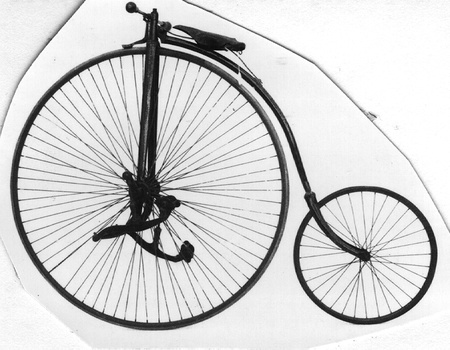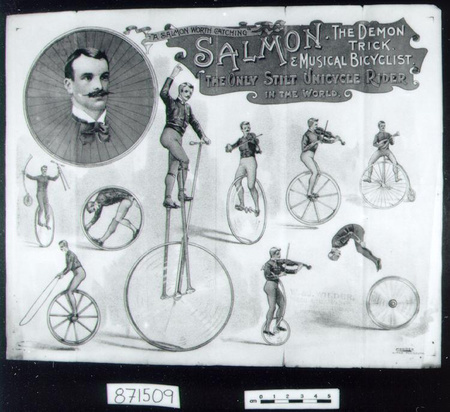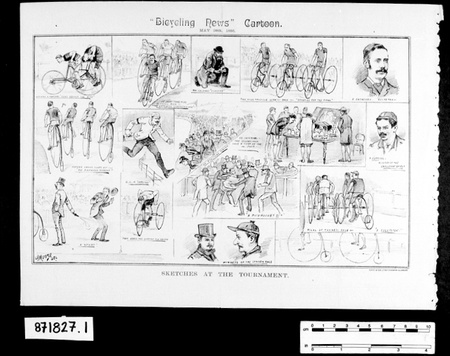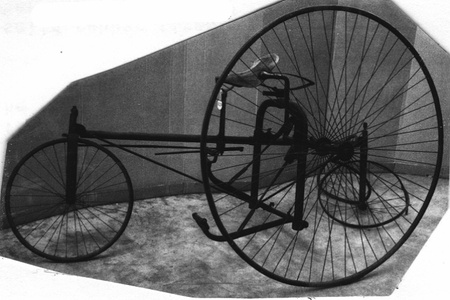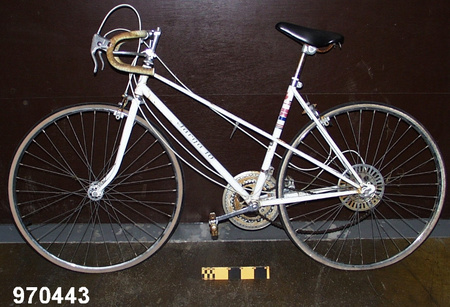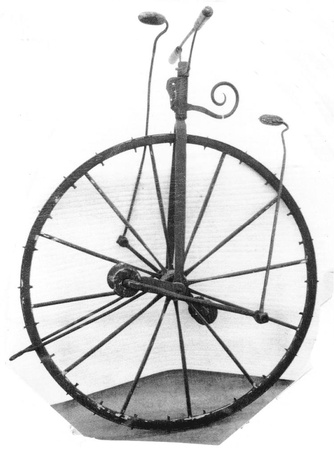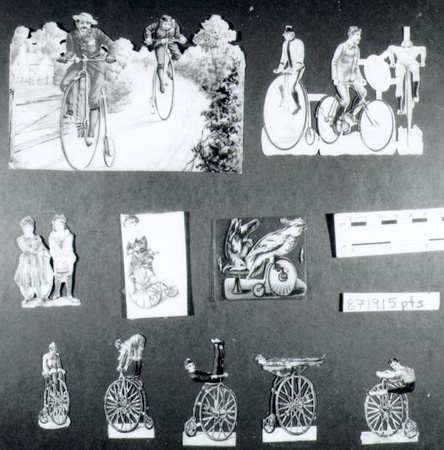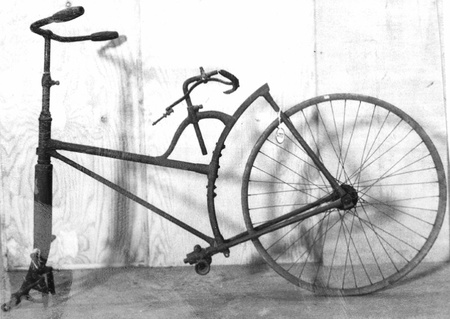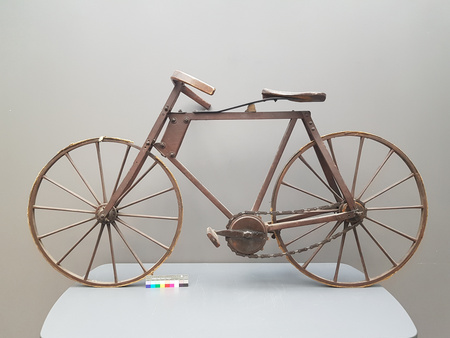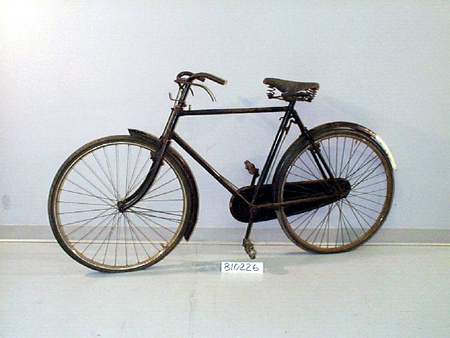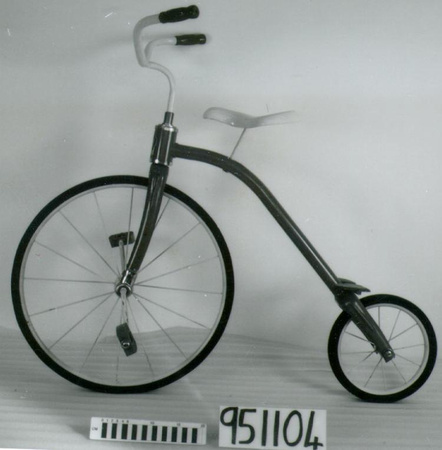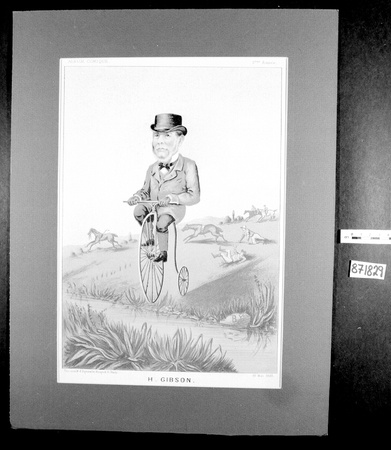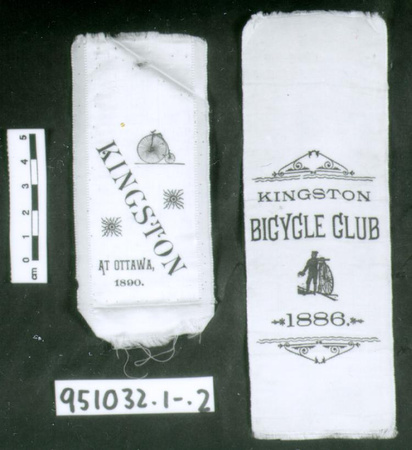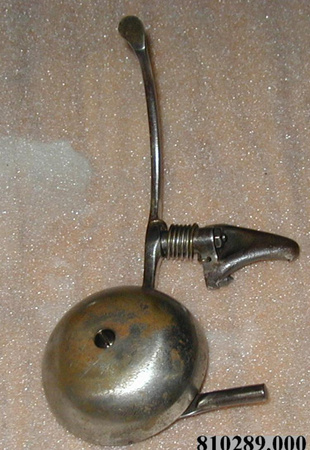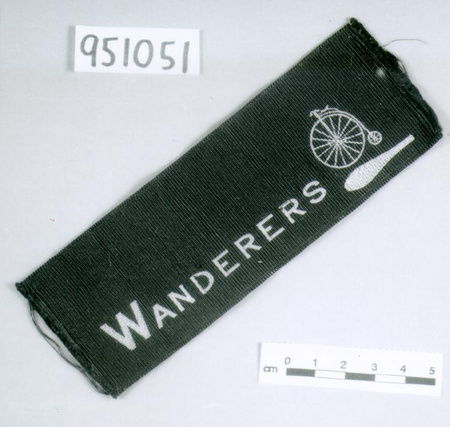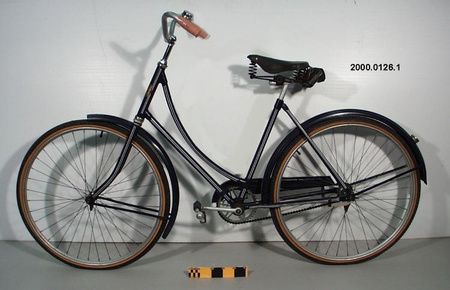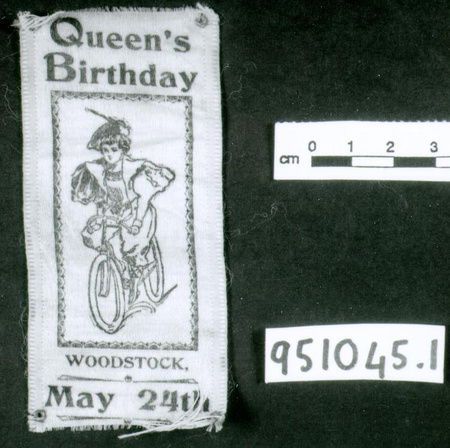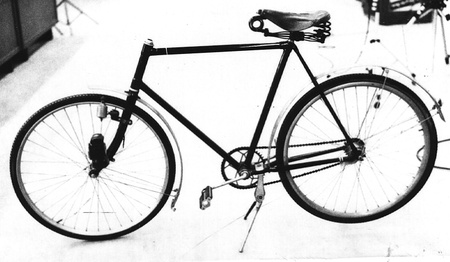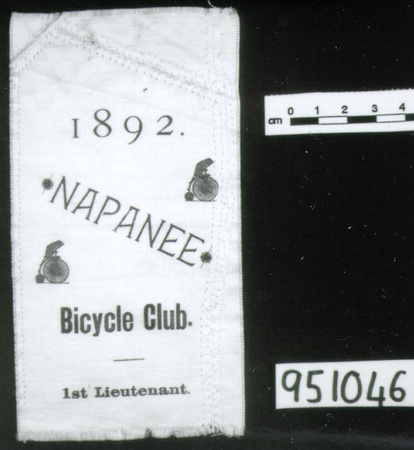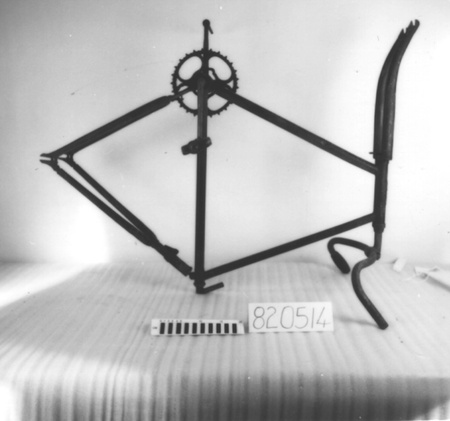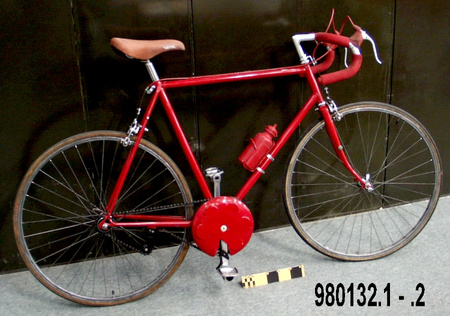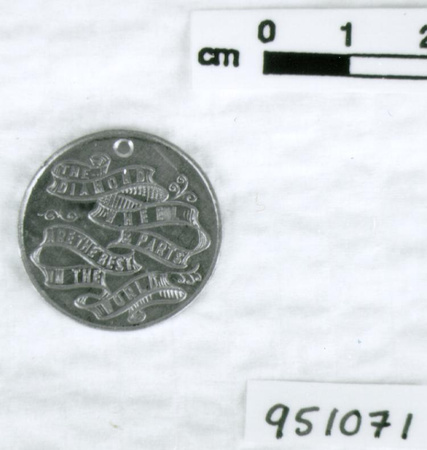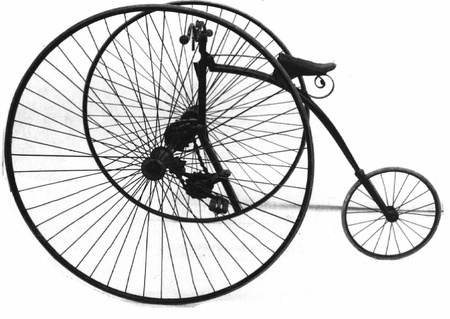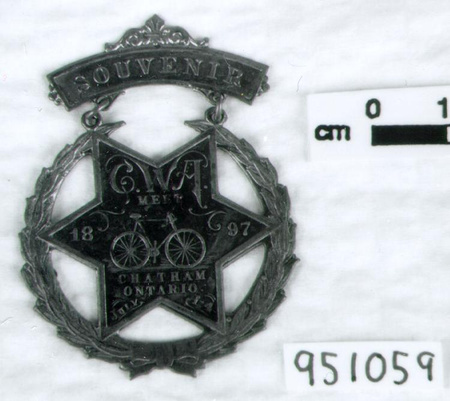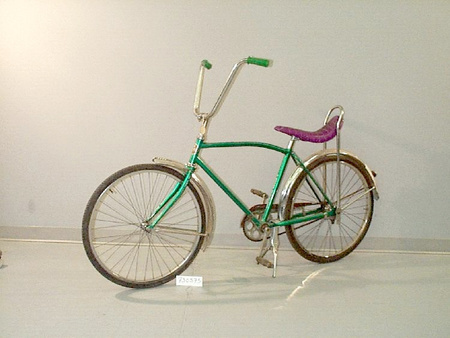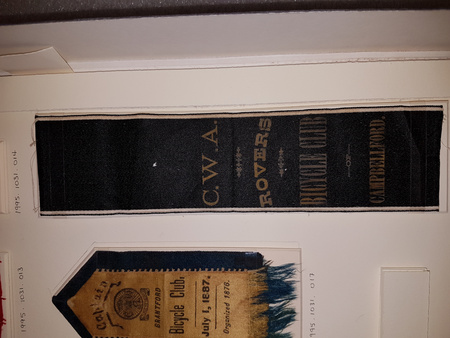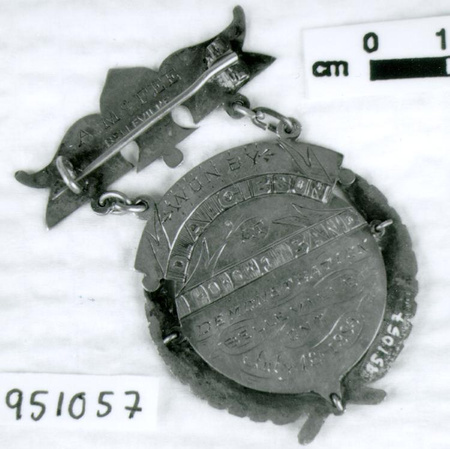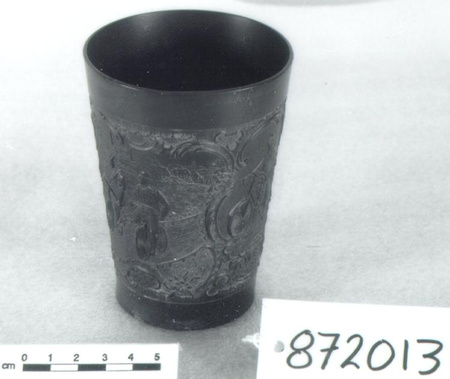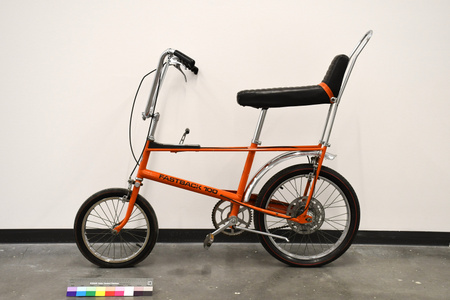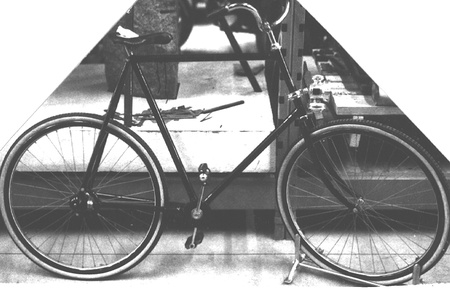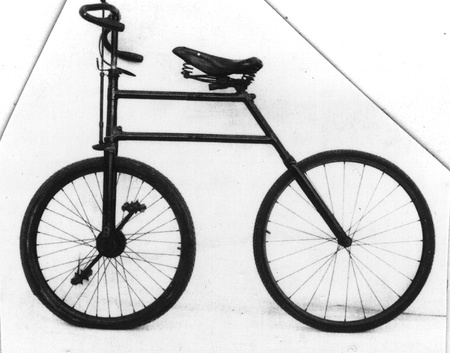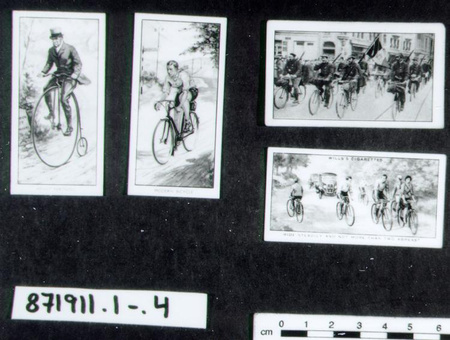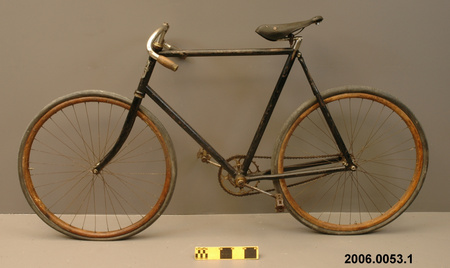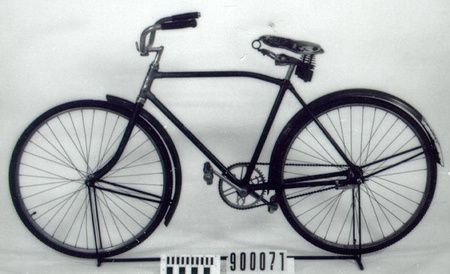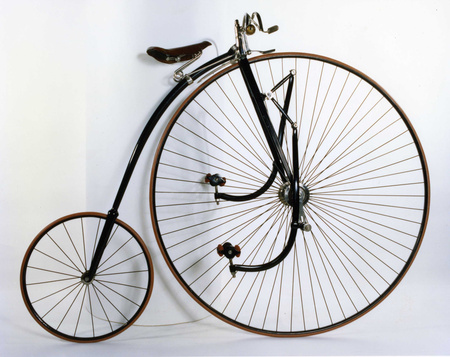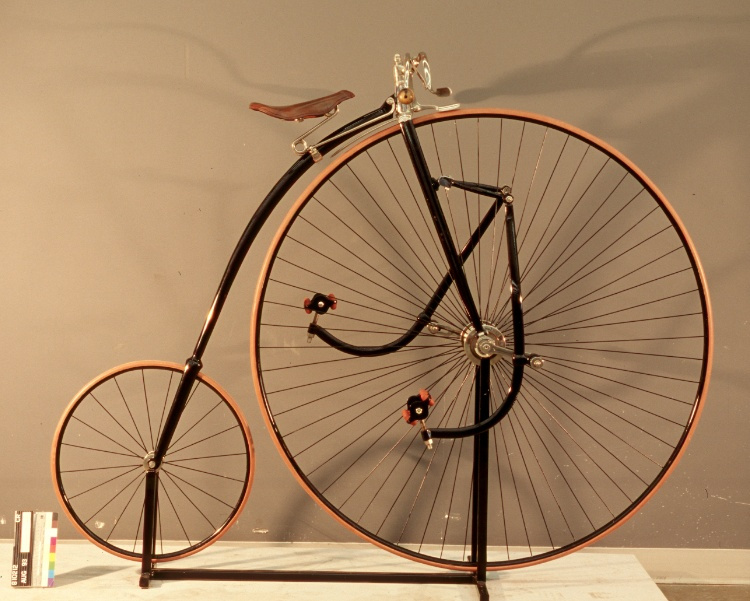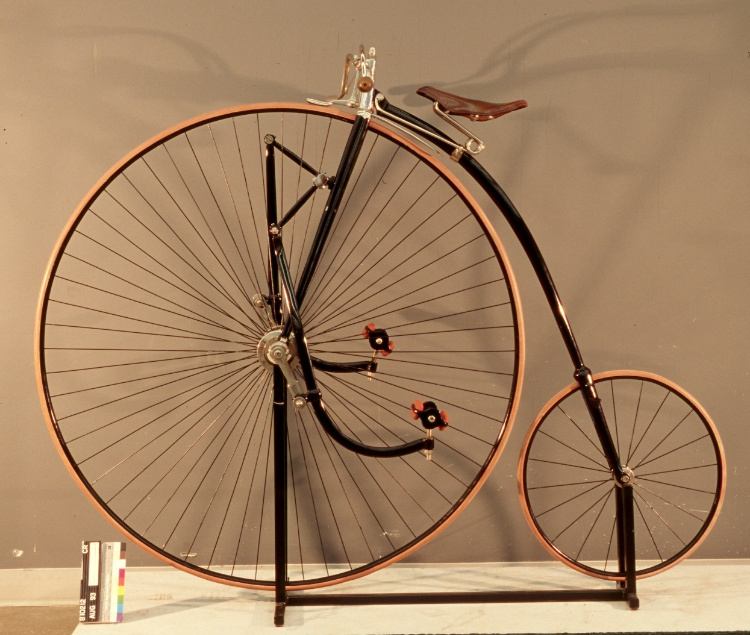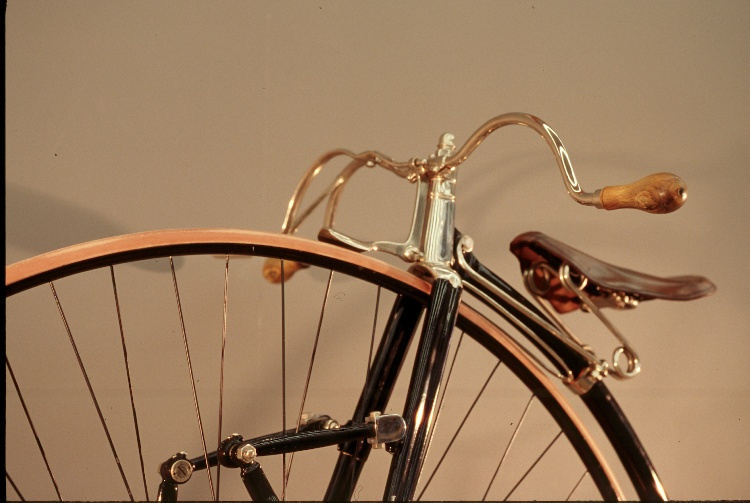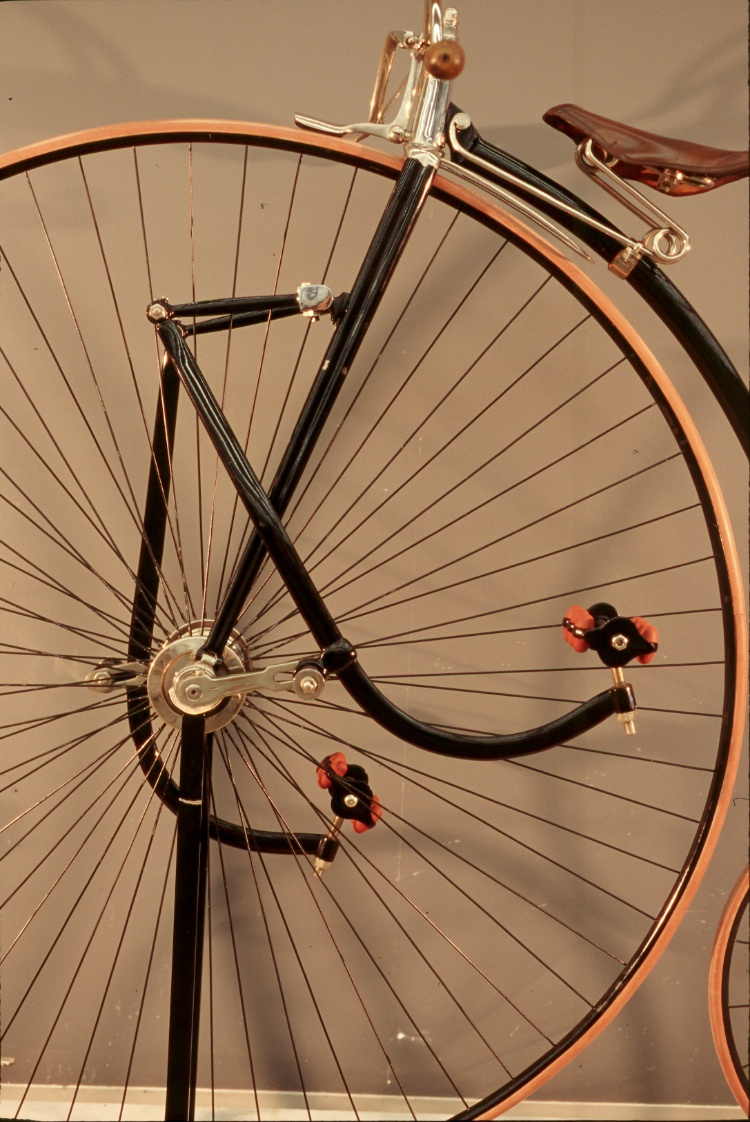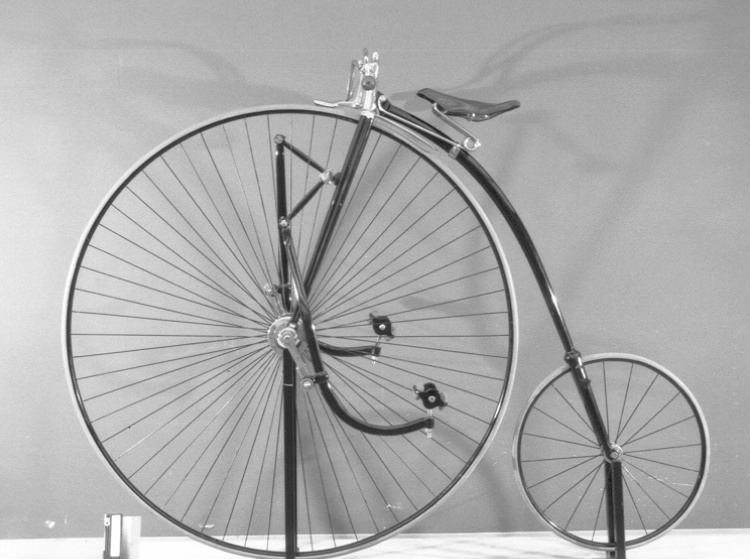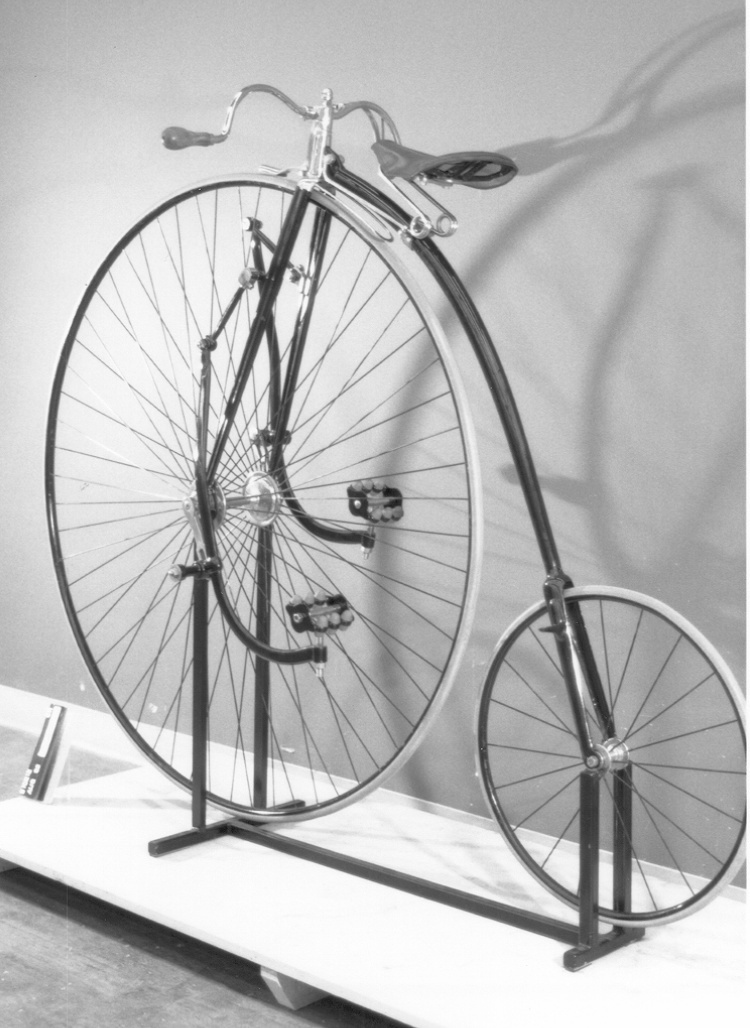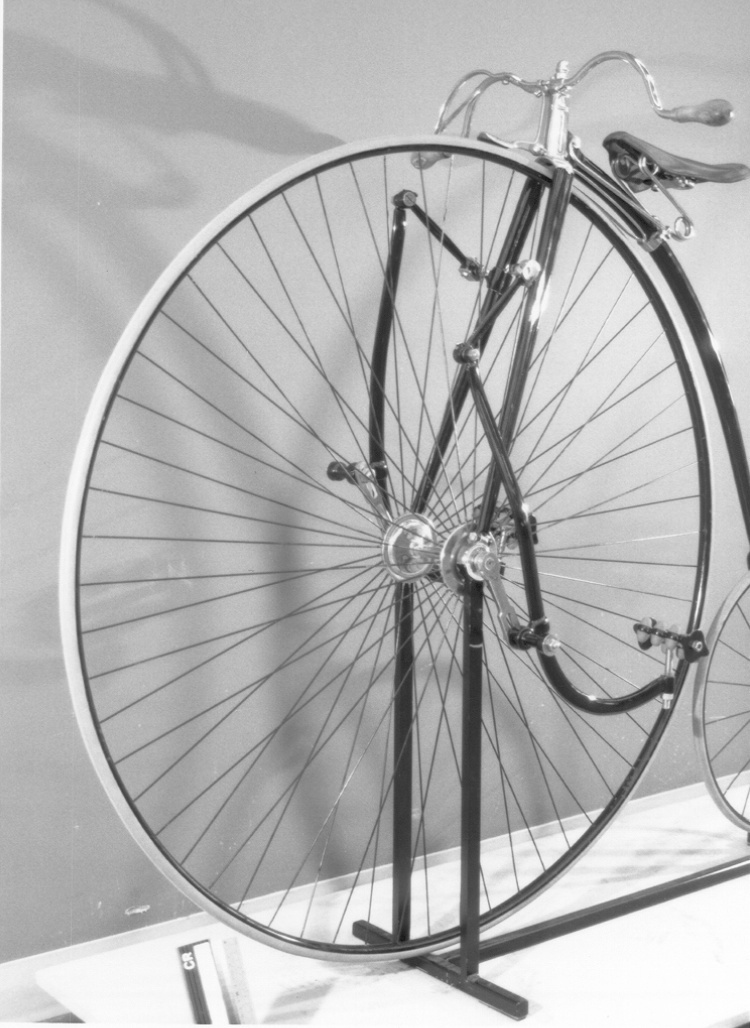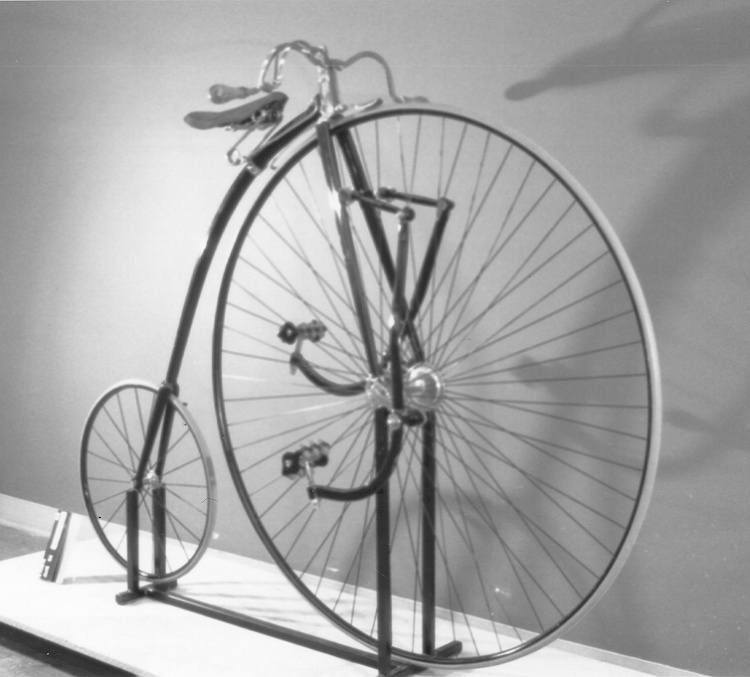Bicycle
Use this image
Can I reuse this image without permission? Yes
Object images on the Ingenium Collection’s portal have the following Creative Commons license:
Copyright Ingenium / CC BY-NC-ND (Attribution-NonCommercial 4.0 International (CC BY-NC 4.0)
ATTRIBUTE THIS IMAGE
Ingenium,
1981.0212.001
Permalink:
Ingenium is releasing this image under the Creative Commons licensing framework, and encourages downloading and reuse for non-commercial purposes. Please acknowledge Ingenium and cite the artifact number.
DOWNLOAD IMAGEPURCHASE THIS IMAGE
This image is free for non-commercial use.
For commercial use, please consult our Reproduction Fees and contact us to purchase the image.
- OBJECT TYPE
- safety, highwheel/lever drive
- DATE
- 1878–1888
- ARTIFACT NUMBER
- 1981.0212.001
- MANUFACTURER
- Singer & Co.
- MODEL
- Xtraordinary Challenge
- LOCATION
- Coventry, England
More Information
General Information
- Serial #
- N/A
- Part Number
- 1
- Total Parts
- 1
- AKA
- N/A
- Patents
- N/A
- General Description
- METAL FRAME/ METAL WHEELS WITH SOLID RUBBER TIRES/ LEATHER SEAT/ RUBBER-STUDDED PEDALS/ WOOD HANDGRIPS
Dimensions
Note: These reflect the general size for storage and are not necessarily representative of the object's true dimensions.
- Length
- 180.8 cm
- Width
- 71.5 cm
- Height
- 143.5 cm
- Thickness
- N/A
- Weight
- N/A
- Diameter
- N/A
- Volume
- N/A
Lexicon
- Group
- Non-motorized Ground Transportation
- Category
- Cycles & cycling
- Sub-Category
- N/A
Manufacturer
- AKA
- Singer
- Country
- England
- State/Province
- Unknown
- City
- Coventry
Context
- Country
- Unknown
- State/Province
- Unknown
- Period
- Unknown
- Canada
-
With very few exceptions, riders of the Ordinary bicycle were men. However, gender relations for the bicycle would change with the introduction of the safety bicycle in 1890. The lever operated Ordinaries were the first attempts at making bicycles safer, in turn influencing the developments in gearing, seating, and control. Cycling was an urban affair, and the Ordinary pattern of bicycles were prone to tipping over obstacles. With often uneven cobble roads, the risk of falling was great. Lever safeties were likely desirable in how they provided more safety to the user. Future designs such as the Rover allowed Canadian women to take up cycling en-masse in the 1890s, which stemmed from experiments by designers such as Singer in the late 1870s and 1880s. The early lever-operated safety bicycles proved successful and found their way to Canadian bicyclists, and were a distinct part of the culture of cycling in Canada. La plupart des coureurs des bicycles Ordinaires était les hommes. Par contre, l'introduction des bicycles de sécurité en 1890 à changer cette dynamique. Les bicycles Ordinaires à levier ont aussi influencé une avance technologique pour les bicycles dans les domaines de contrôle, les roues d'engrenages et les sièges. Le cyclisme était localisé aux centres urbains et les bicycles Ordinaires avaient une tendance à basculer vers l'avant sur le pavé en cailloutis. Pour combler ce risque les leviers étaient installés sur les bicycles. La création d'autres genres de bicycles comme le "Rover" a aussi adopté ces accoutrements de sécurité sur leurs bicycles. L'innovation a permis aux femmes d'adopter le cyclisme en masse dans les années 1890s. Les fabriquant comme "Singer" ont pris la charge entre les 1870s et le 1880s. Les prototypes des bicycles de sécurité à levier ont démontré qu'ils étaient fiables et ils ont rapidement fait part de la culture du cyclisme canadienne. - Function
-
This artifact functions as a means of transportation. This is achieved by the rider generating momentum with a lever operated system on the bicycle. Cet artefact est utilisé comme mode de transport. Ceci est atteinte quand le coureur génère un élan avec l'aide d'un système de leviers qui comprennent le bicycle. - Technical
-
Bicycles needed increased safety due to how high the front wheel was. This was achieved by lowering the rider’s position, and thus the need for lever pedals emerged. The bicyclist pushed up and down to operate the pedals instead of a circular arc. While the bicyclist was the same height, they were supposedly less likely to tip forwards, a problem seen with most Ordinaries of the period. La position du coureur à baisser sur le bicycle grâce à la nécessité d'augmenter la sécurité du véhicule. Ce changement à nécessité le développement d'un nouveau type de pédale nommée les pédales à leviers. Les pieds du coureur montent et descendes avec les pédales pour les poussez aux lieux de fonctionner en arc circulaire comme d'autres bicycles. Ceci fait en sorte que le coureur avait moins de chances de tomber vers l’avant du bicycle en l'utilisant quand on le compare à d'autres bicycles Ordinaires. - Area Notes
-
Unknown
Details
- Markings
- N/A
- Missing
- N/A
- Finish
- FRAME PAINTED BLACK/ HANDLEBARS, WHEEL HUBS, & CRANKS-CHROMED/ BROWN SADDLE/ STAINED & VARNISHED HANDGRIPS
- Decoration
- N/A
CITE THIS OBJECT
If you choose to share our information about this collection object, please cite:
Singer & Co., Bicycle, between 1878–1888, Artifact no. 1981.0212, Ingenium – Canada’s Museums of Science and Innovation, http://collection.ingenium.ca/en/id/1981.0212.001/
FEEDBACK
Submit a question or comment about this artifact.
More Like This
